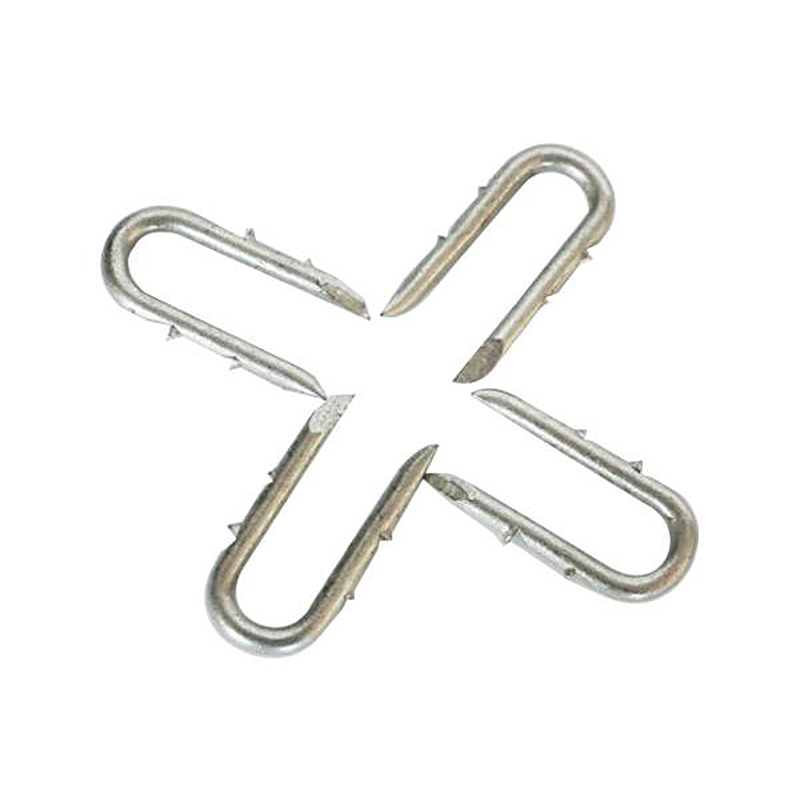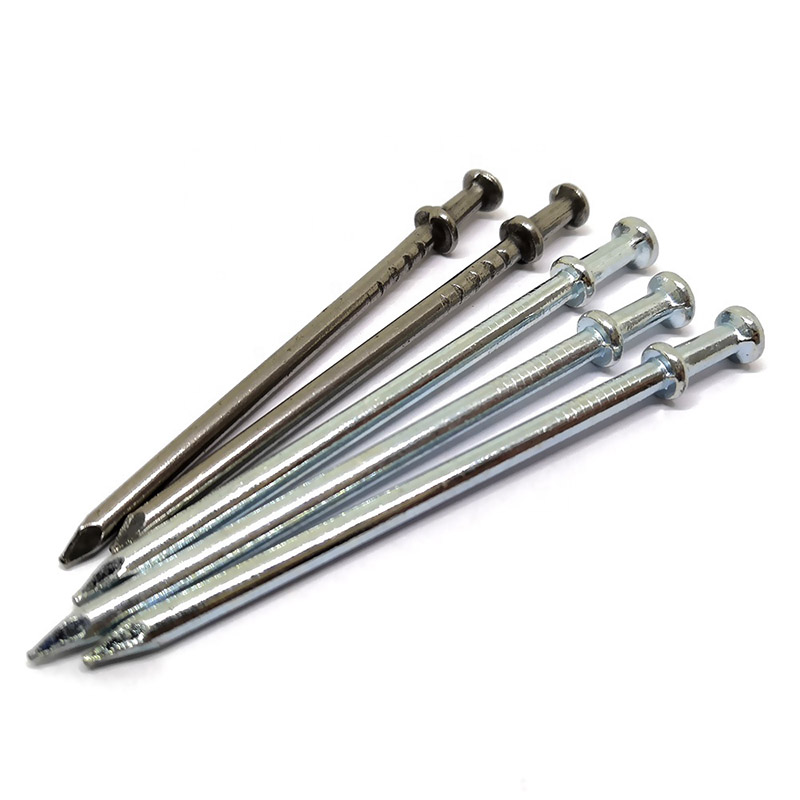Fingernails and toenails affected by nail dystrophy can display unusual characteristics or abnormalities, such as a change in shape, color, or thickness. This disorder is often indicative of a greater underlying health issue, requiring prompt attention and diagnosis.
Nails showing signs of dystrophy typically take on one of several forms that can be distinguished based upon physical characteristics or root causes. Brittleness, ridging, pitting, and shifts in color are the most frequent manifestations of nail dystrophy.
Many factors can contribute to brittle nails, which is a well-known sign of dystrophy. An undeniable cause of nail brittleness is the insufficient amount of moisture. Environments with cold and arid air as well as the regular washing of hands are some typical sources of this lack of hydration.
For people suffering with brittle nails, the causes can range from poor nutrition such as iron deficiency, to underlying medical conditions like thyroid disease. Fortunately, there is a range of remedies available which range from simply using a nourishing cream on the nails and cuticles, to taking vitamin supplements in exchange for the essential vitamins and minerals that may be otherwise lacking.
Creating a furrowed or segmented surface, ridging is a notable type of nail disruption. This can be brought about from a cornucopia of sources like nail injury, advancing age, and intertwined medical problems. These parallel rails of discontinuity span topside to edge on the fingernail marring its otherwise glistening sheen.
Aging, medical conditions, and repeated trauma can all lead to ridging on the nails. As we age the nails tend to become less resilient and thinner, and they can also suffer when we bite or pick at them. Moreover, certain medical problems, such as psoriasis, can also cause nail ridging.
Solutions for ridging often involve fortifying the nails with a hardener or strengthener. If the condition is caused by a deeper issue, treatment will be tailored to address that underlying cause.
An affliction of the nail, pitting presents itself as small holes or dents that form in the surface of the nails. This problematic condition can have many underlying causes, including physical force, aging, and certain illnesses.
Pitting can occur due to trauma like scraping and digging, or from simply aging and having weaker, less durable nails. This can also be an indicator of a medical condition, like psoriasis.
In order to deal with pitting, one of the most effective methods is to apply a nail hardener or fortifier. Additionally, if a person is suffering from any concealed medical issue, tending to the situation ought to be the priority.
Unveiling the Transforming Hues
Discoloration of nails is a frequent consequence of nail dystrophy. Manifesting as yellow, green, blue, or brown tinting, there could be several causes behind the transformation in color, including trauma, advanced age and health problems.
With increasing age, thinning and loss of elasticity along with normal wear and tear may cause the nails to transform in color. However, trauma, like biting or picking, also stands as a common contributing factor for such shifts in pigmentation. Additionally, certain health conditions, including psoriasis, may also be the root cause for this phenomenon.
Determining the need for a change in color often requires the application of a nail hardener or strengthener. However, should the situation indicate an existing condition, alleviating that issue should be highlighted and treated as the focus of remediation.
Related Product

Fence U Nail
Product Information: U TYPE NAIL 1.material: Q195/Q235 Low Carbon Iron Rod 2.shank: smooth shank, single barbed shank, double barbed shank and others 3.Point: side cut point or di […]

Common Nail
Product Information: Common Nail Material Q195, Q235 Shank diameter 1.2mm-10mm Length 19mm-300mm Finish polish/bright, electro galvanized, hot dip galvanized Head flated he […]

Headless Nail
Product Information: Cheap Lost Head Nails/ Headless Nails/ Finishing Nails Price Material Q195 or Q235 iron wire rod or according to request Size 1″ – 6″ Finish Polished or […]

Shooting Nail
Product Information: GAS CONCRETE PIN NAIL raw material steel#45,#60 diameter 2.6mm,2.7mm,3.0mm,3.2mm length 13mm,16mm,19mm,22mm,27mm,32mm,37mm shank smooth shank & shri […]

Drywall Screw
Product Information: Product Name Screws Drywall Nail Material Carbon steel C1022a Color Black,Galvanized Standard ISO,GB,DIN,JIS,ANSI,BSW Diameter M3.5-M6.3, 6#-14# Length […]

Double Head Nail
Product Information: Material Q195/Q235 Surface Treatment Bright, E.G, H.D.G, M.G, V.C, C.C, P.C and so on Head Two Head Shank Smooth Shank Point Diamond Point Kinds of pa […]

U Sod Staple
Product Information: Landscape Staples * 11 GAUGE STEEL CONSTRUCTION: The points on the staples are sharp enough to pierce commercial ground cloth, and the staples are long […]

Plastic Strip Nail
Product Information: Diameter/mm(±0.05mm) Length/mm(±1.5mm) 2.87 50/60/65/70/75 3.05 70/75/83/90 3.33 75/83/90 3.76 75/90/100/130 4.11 75/90/100/130 4.5 75/90/100/130 Featur […]

Paper Strip Nail
Product Information: Material Q195, Q235, stainless steel Surface Finish Bright, Galvanized, Hot Dipped Galvaized, Electro Galvanized, Zic Yellow, Zine Bule, MG, Dacro, etc. […]